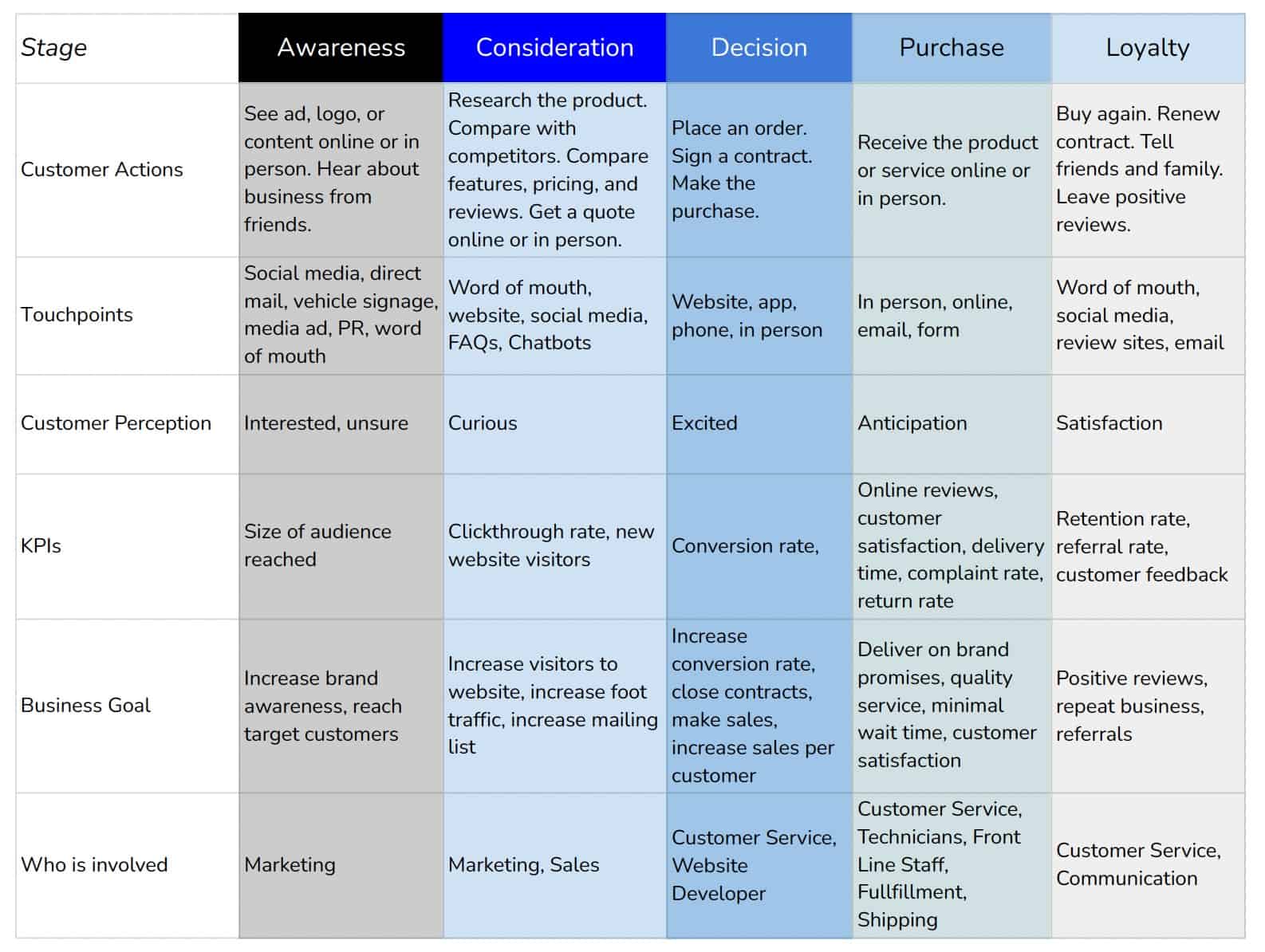Buzzwords and acronyms come and go in business. So if you’ve seen CX and not known what it means, you are not alone. CX means Customer Experience, and it’s not a trend. It’s a foundation of good business, because it impacts customer purchase decisions. Also, strong CX creates referrals and repeat business. Additionally, it builds revenue because studies show that customers are willing to pay more when they have a positive customer experience. Clearly, it’s important for entrepreneurs to understand what is CX and how to use it strategically.
Understanding CX
First, to explain what is CX. CX describes the overall perception and feelings a customer has when, well – being a customer. From the first interaction to completing a purchase, the customer journey includes many steps and stages. Understandably, this is different for every business. Because for a retail store, an attractive entrance and welcome greeting is the first impression. Meanwhile, for an e-commerce business, the ease of finding product information matters first. Therefore, it’s important that every business considers the journey their own customers experience.
Customer Journey Mapping
And what is customer journey mapping? It’s a visual of the stages, touchpoints, and emotions a customer experiences. It’s looking at your business from the viewpoint of your customer. From awareness to the decision process, then receiving the product or service, and on to the post-sales relationship. The goal is that every customer has a positive experience and is not only a loyal, repeat buyer, but an advocate. Meaning, that they give your business positive reviews online and refers you to family and friends.

CX for the Entrepreneur
Due to the importance of CX on purchase decisions and customer retention, it’s become a separate function for most large corporations. After all, it’s been measured that improving CX by 1 point can mean millions of dollars in revenue for many industries. So a CX department with trained professionals is a worthwhile investment. (Note: I completed the Professional Certificate in Customer Experience course at The CX Academy)
However, the reality is that most small businesses don’t have the resources to hire a dedicated CX professional. Like with many aspects of entrepreneurship, CX is a DIY activity. Rather than getting into a complicated framework of explaining and measuring CX, I’m going to explain the foundations of what is CX for small businesses. Quite simply, understanding customer experience are these 4 elements:
1. Deliver Promises
Be sure that the reality of what your customer experiences matches what is being presented with your brand messaging. If your company is putting itself out there as being professional and informed, then staff shouldn’t be in a torn uniform, or poorly trained. If a 30 minute sales call is booked for Monday at noon, show up and complete it in 30 minutes.
2. Clearly Communicate
Information gaps and errors loses consumer trust – fast. And people talk more about a bad experience than a good one. So clearly communicate – in emails, on the website, and in any customer facing documents. Don’t be vague, as in “respond soon”. Instead, say “respond before the end of the next business day.”
3. Be Consistent
Document processes and monitor KPIs so that standards of service are maintained at all times. Because every customer should have a quality experience, every time, Someone shouldn’t have great service on a Monday and terrible service on Friday.
4. Reduce Effort
Finally, a pillar of good CX is to reduce effort for your customers. Quite simply, make it easy for them to do business with you. This covers alot of ground. For example, automating processes to update their payment information or contact details. Or providing online options to reschedule appointments at their convenience. It may mean reducing the number of clicks required to place an order on your website. Implementing a 1-click checkout transformed Amazon into the ecommerce giant it is today. Essentially, view everything from the perspective of your customer, and brainstorm ways to make interactions easier and faster.
Examples of Good CX
Surprisingly, good CX is often because of what doesn’t happen. As in, there is no frustration, no wrong information, or no long wait. Alternatively, good CX is created from small acts of communication and appreciation that add up to just feeling good about buying from that business. Here are a few examples of good CX:
Clear Communication
- A service call is booked for Tuesday at 2pm. An email on Monday morning reminds the customer, and provides a link to reschedule if they require it.
- Emailed updates or tracking links so customers can monitor the processing of deliveries and returns.
Appreciation
- Tucking a branded notecard with a handwritten thank you when packaging orders.
- After renewing a snow removal service for another year, the customer receives an email thanking them for their loyalty. It includes a discount code for a local home decor store. This is a powerful collab! For more examples on how to use collaborations to grow your business, read this article..
Recognition
- A customer calling to talk about their lawn cutting service doesn’t have to give their full name and address, because their customer profile pops up on screen by keying in the phone number they are calling from.
- Arriving at a salon and being greeted by name, before offering your usual order of black coffee.
Examples of Bad CX
Unfortunately, there are many examples of bad CX. Primarily because companies have not done the work required for understanding customer experience. Remember, CX is as much about perception and emotion than fact. It may only be 5 minutes on hold, but if the customer was expecting to wait 1 minute, this will be a negative experience. Examples include:

Online
- After reading the FAQ of a website and needing more help, you click on “Contact Us” which just leads back to a Help Section and the same FAQ page.
- An item listed on sale for $19.99 gets added to the cart for $24.99.
In person
- Changing rooms are locked and no staff person is around to unlock them.
- Items are not tagged with the correct price. Or are missing tags and signage.
Communication Gaps
- Sending in an enquiry or question and being informed that a representative will respond shortly. What is shortly? 1 hour? 1 day? Lack of clarity is bad CX.
- The sales rep explains the service will take 3 hours and the technician will arrive at 9am. Then the technician arrives at noon and says the work requires 6 hours.
CX and your business
As shown above, CX can positively or negatively impact revenue. Strong CX contributes to customer retention, repeat business, and referrals. However, just one bad CX experience can cost you a customer forever, negative reviews, and word of mouth. Now that you have a solid understanding of what is CX and why it matters to your business, here are some ways to start making improvements. Look at your business from your client’s perspective, and consider:
- How easy is it to find contact details?
- How long is the wait to connect with a person?
- Do customers ask questions that are not covered in the FAQ?
- Are there gaps between what is being promised and what actually happens?
- Are delays or changes clearly communicated?
- What communication do our customers get AFTER to thank them for their business?





